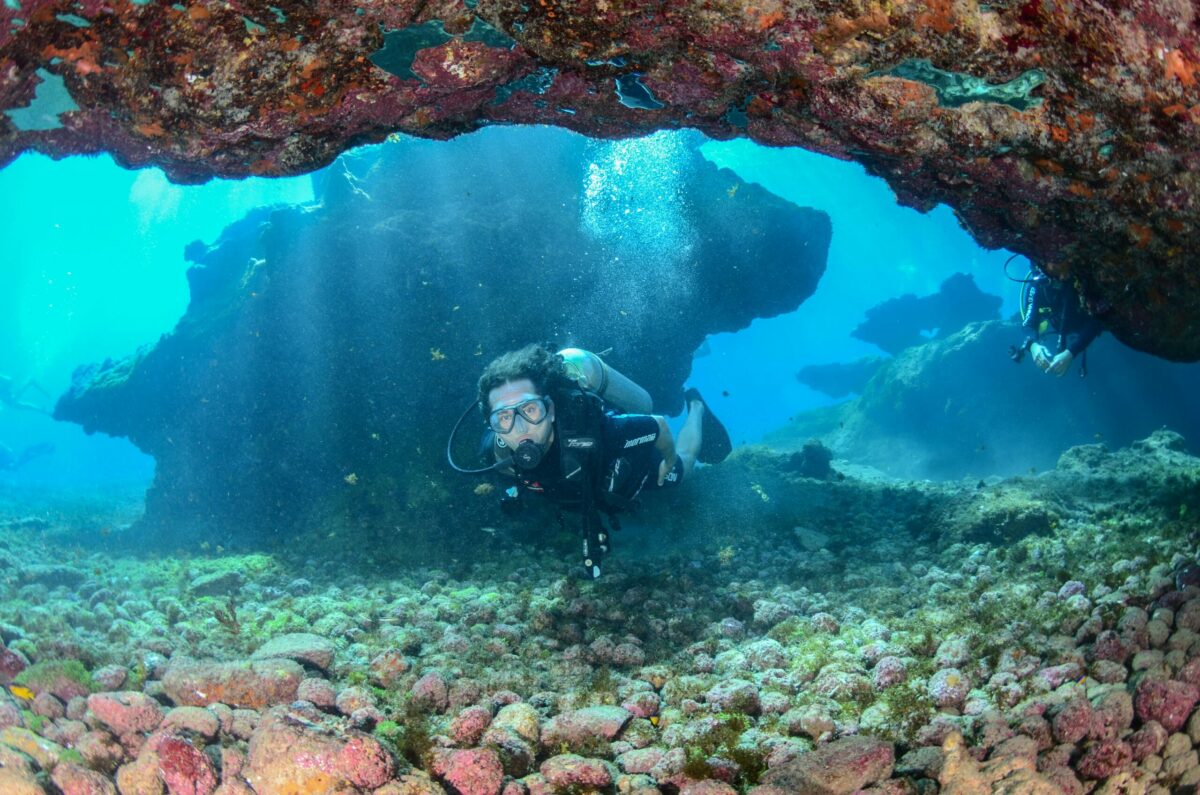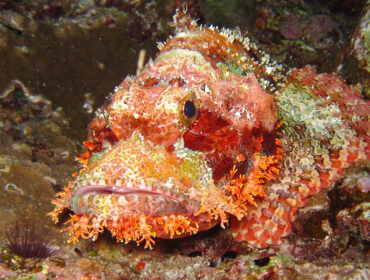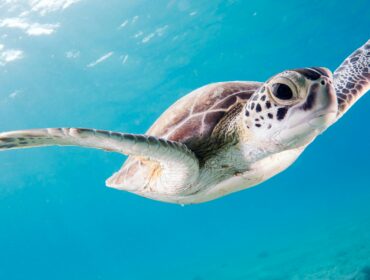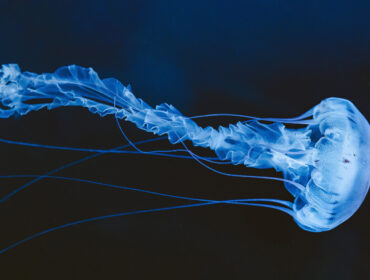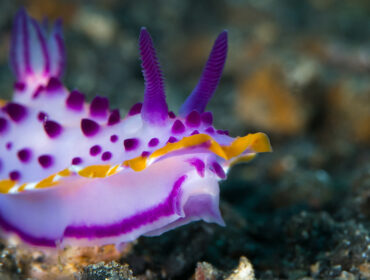Dive deep into the fascinating world of the Atlantic black sea hare. Go face to face with one of nature’s most peculiar marvels. This oceanic oddball might not win any beauty contests with its blob-like silhouette, but it certainly takes home the prize for intrigue.
It’s a creature that glides through the sea with the grace of a ballet dancer yet can bamboozle predators like a seasoned illusionist. Resembling a rabbit only in its name and ear-like appendages, this slug-like gastropod is a master of the underwater masquerade. Let’s explore the life and characteristics of this enigmatic invertebrate.
What is the Atlantic Black Sea Hare?
Imagine yourself diving and a sleek, black jelly creature gliding through the water catches your eyes.
Congratulations, you’ve just met the Atlantic black sea hare! This marine gastropod, cousin to the more familiar snail, is anything but ordinary. Unlike the fluffy rabbits on land, this “hare” uses its long, ear-like rhinophores to sense the environment. That’s what earned it its quirky name!
The Atlantic black sea hare plays a significant role in maintaining the balance of its underwater ecosystem. It’s just always silently munching away on algae and sea grass.
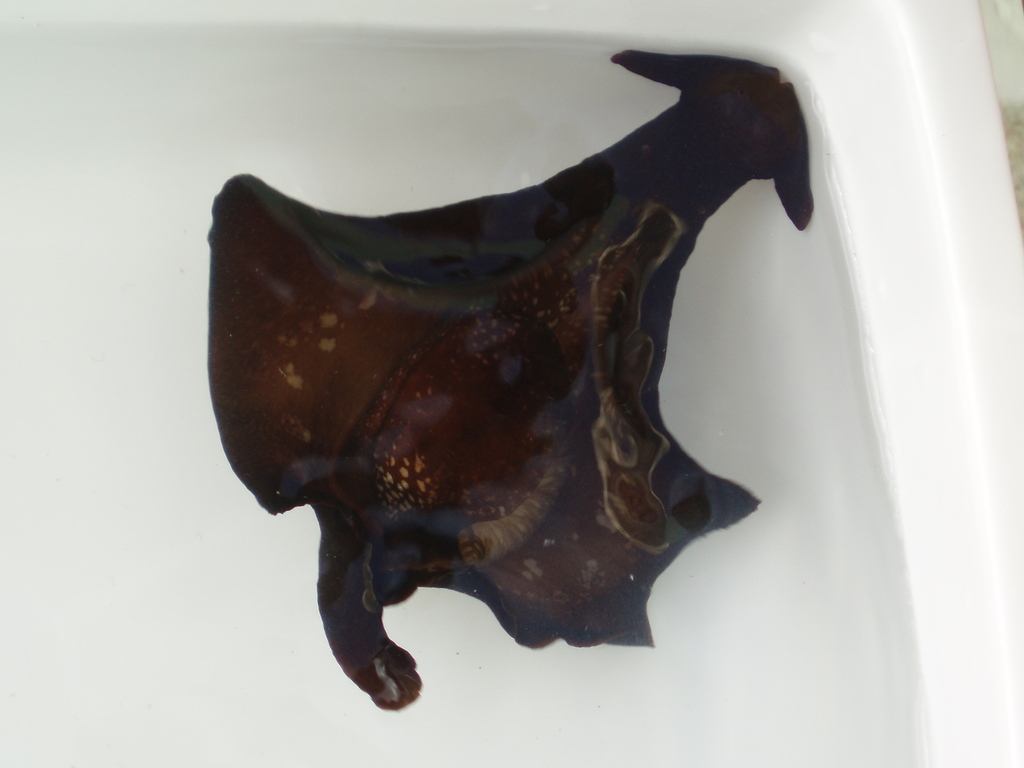
Its Characteristics
The Atlantic black sea hare is nature’s version of a stealthy ninja. It’s cloaked in a dark, smooth skin that makes it look like a moving inkblot. Those peculiar, flat structures on its head? They’re called rhinophores, and they look remarkably like rabbit ears. That’s why it shares its name with its furry land counterpart!
When this sea hare propels itself through the water, its graceful movement can captivate any observer. At first glance, you might mistake it for a gooey blob. But it’s this understated elegance that makes it a favorite among divers and marine enthusiasts.
Where do these sea hares live?
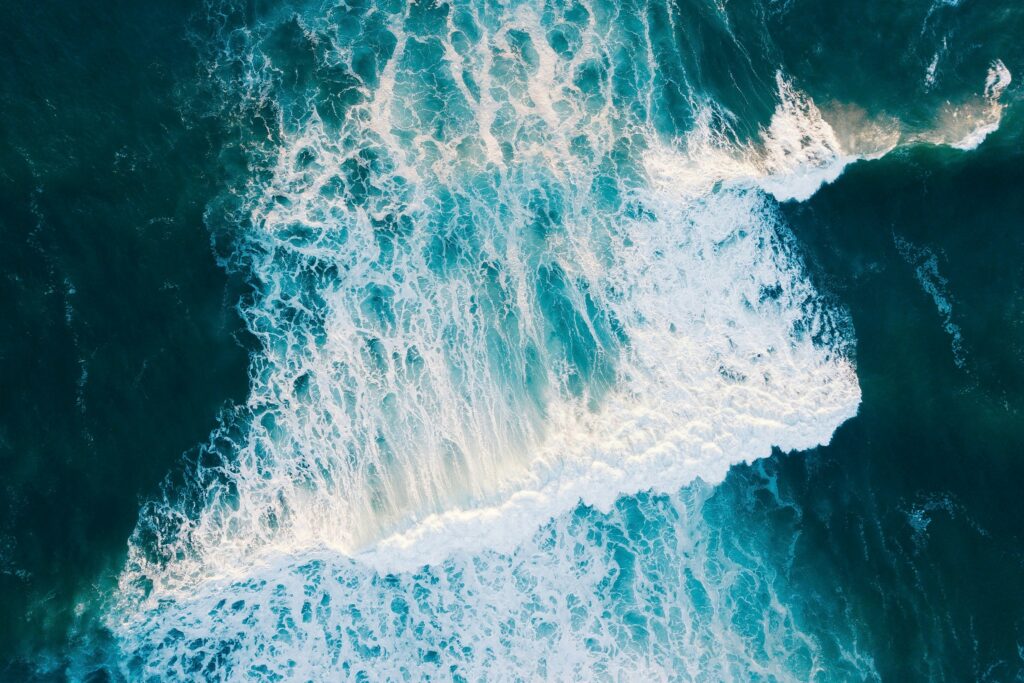
This species calls the bustling Atlantic Ocean its home, typically residing in shallow waters where the sunlight allows algae and sea grass to flourish. The sea hare’s preferred addresses are the rocky and sandy areas of the ocean floor, where it finds both protection from predators and an all-you-can-eat buffet of its favorite snacks.
The blend of algae-rich environments and protective crevices makes these spots ideal for this leisurely wanderer to thrive.
How do they behave?
Despite what its sluggish demeanor might suggest, the Atlantic black sea hare has a hidden arsenal for survival. Imagine a magician pulling off a disappearing act: when faced with danger, this crafty creature releases a cloud of vibrant, sticky ink that’s not only visually disorienting but also scented to mislead predators. The trick is so convincing that the bewildered predator might believe the ink cloud is an entirely different animal, allowing the sea hare to slip away unharmed. It’s a fascinating show of nature’s ingenuity!
Their Short Lifespan
In the whirlwind of ocean life, the Atlantic black sea hare leads a fast-paced existence. With a life span of about one year, it’s in a rush to grow and reproduce before dying. This rapid life cycle means that from arriving to adulthood, sea hares are always on the move, ensuring that they pass on their genes to the next generation. Despite their brief life span, they make the most of their time, contributing significantly to the ecosystem around them.
Who are their predators?
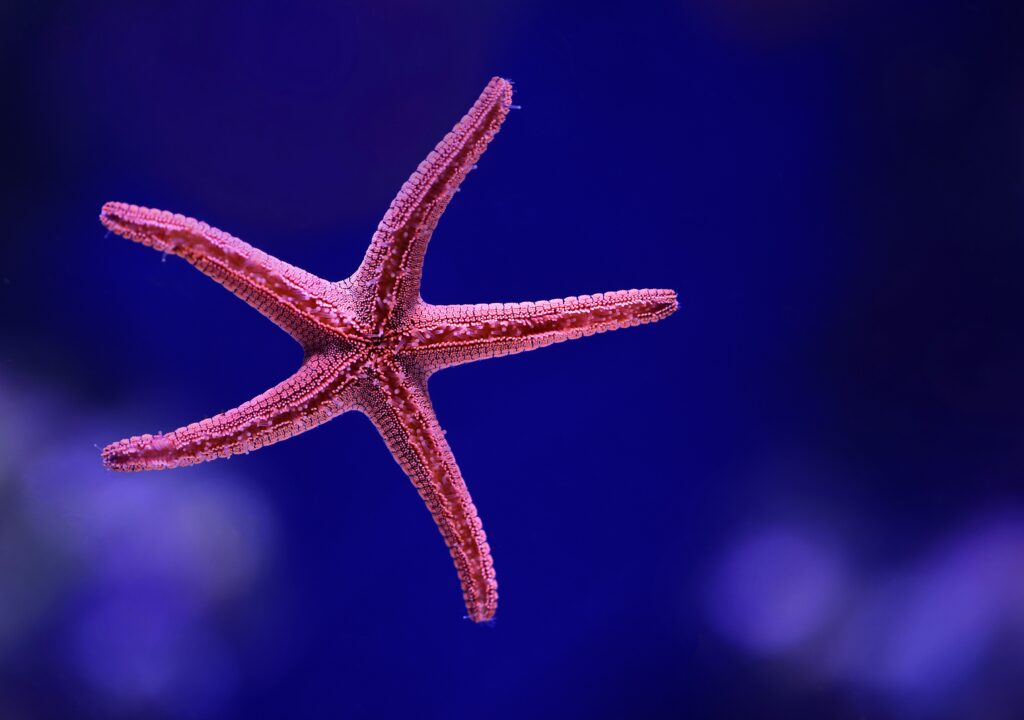
Even without armor or weapons, the Atlantic black sea hare holds its own against potential threats. Its primary adversaries include anemones, crabs, lobsters, and starfish. Or generally marine animals that aren’t fooled by its inky magic.
However, the sea hare’s ability to confound with its ink helps keep many predators at bay. In the ocean, where survival often hinges on cunning rather than strength, this gastropod has carved out a niche for itself with its unique chemical defense strategy.
FAQs
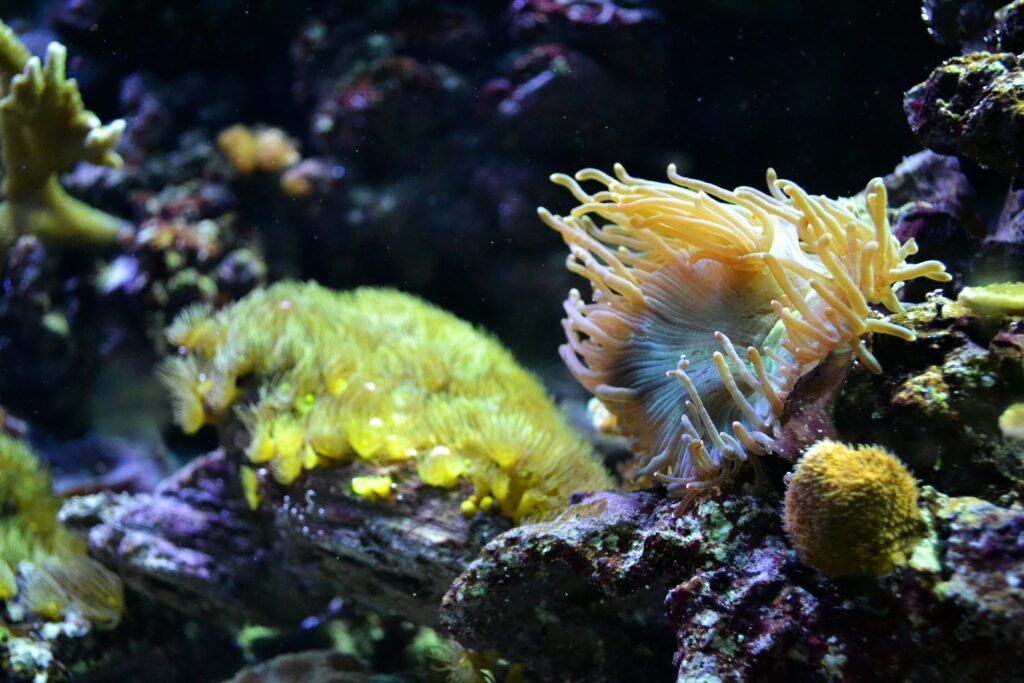
Can you touch a black sea hare?
Technically, yes, because they don’t bite. But still, respect marine life and gaze at them from afar!
Can you eat black sea hare?
Even though its predators eat the Atlantic black sea hare safely, it’s not safe for human consumption.
What are sea hares used for?
They are typically used as a method of removing algae and cyanobacteria.
Are sea hares rare?
Though they are not technically endangered. However, their numbers are going down due to ocean acidification, climate change, and more.
Love the Atlantic Black Sea Hare!
The Atlantic black sea hare may not look like the star of a marine documentary with dolphins or the grace of a whale, but there is something rather endearing about this little guy. It has a love for trickery in ink, which makes it a combination of cute and sly.
These interesting mollusks go about their business in the vastness of the seas, all while putting everything in balance. The next time you’re swimming in the Atlantic, you might want to look out for this unique wonder of the ocean.

